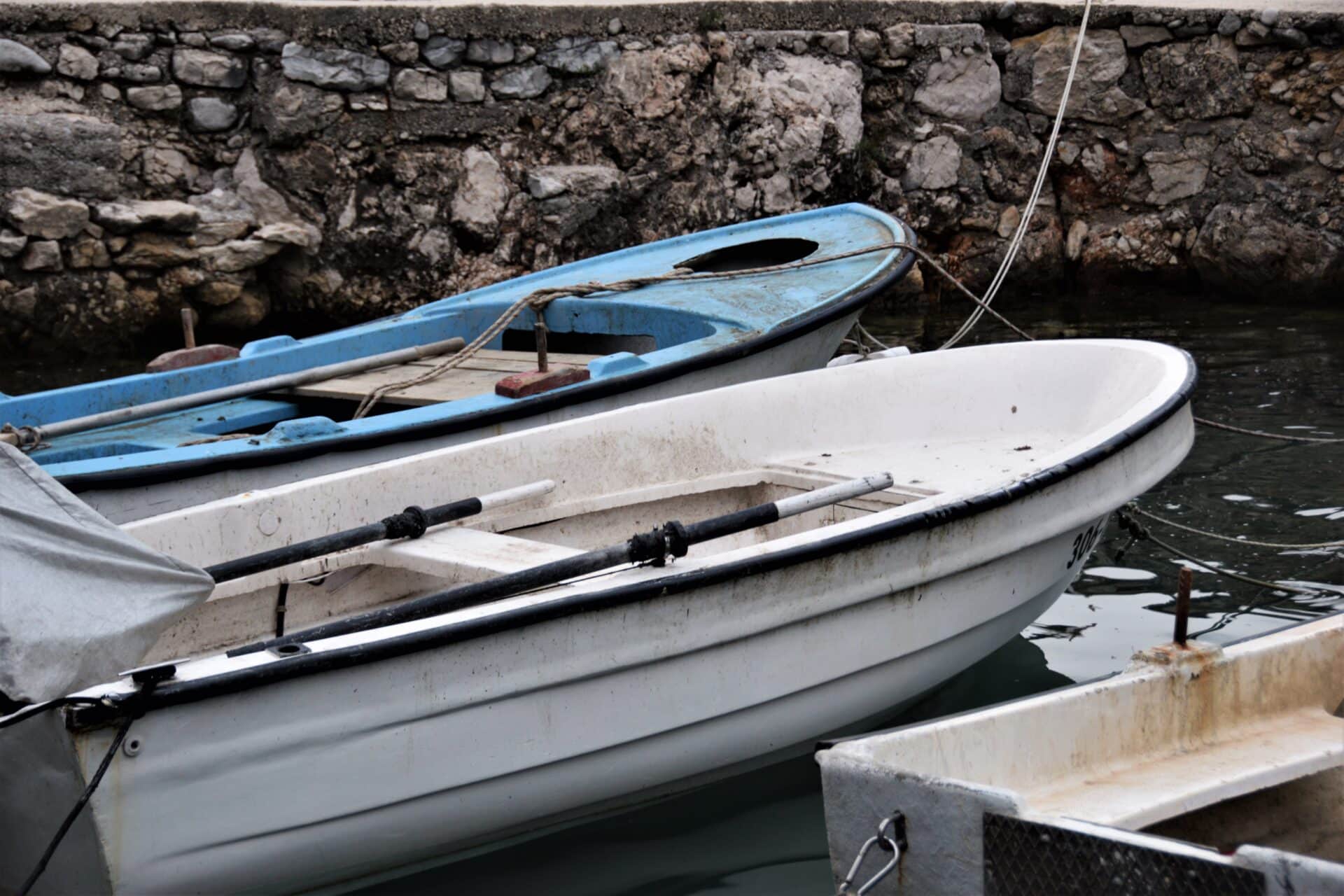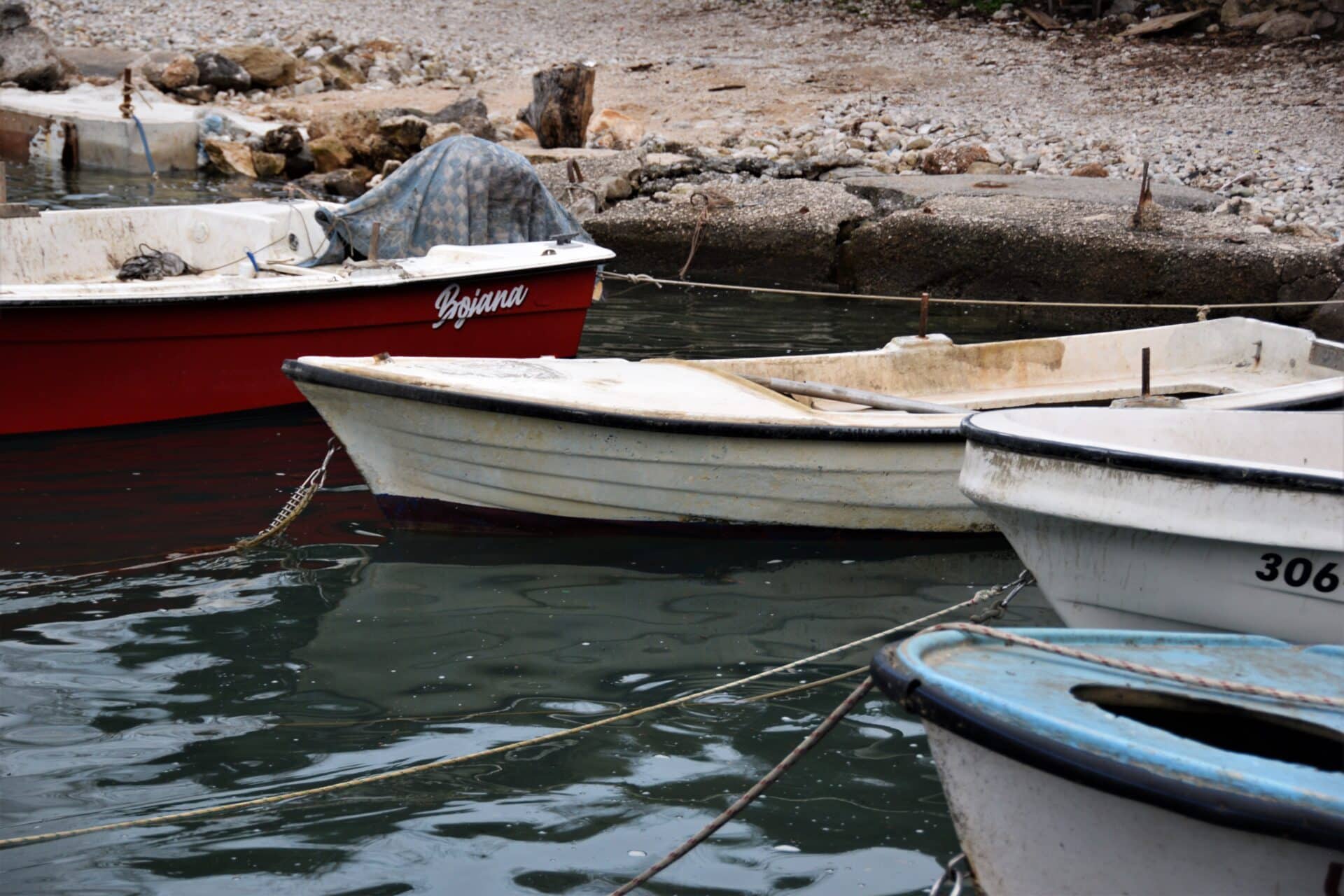Although, mostly known for her endless summer parties, Ulcinj, Montenegro’s southernmost and predominantely Albanian city, offers more than hazy nights and hung-over beach days. Once a notorious pirate haven and home to a thriving salt industry, this Adriatic settlement has much more to offer than first meets the eye.
Founded by Illyrian tribes in the 5th century BCE, the port firmly established itself as an important centre of commerce under Roman rule, before falling under the sway of several smaller Slavic kingdoms, and later the advancing Ottoman Turks.
The harbour’s most intriguing period began in the 15th century CE, however, when its seafaring inhabitants took to the seas to raid unsuspecting vessels up and down the Adriatic coast, heavily disrupting the commercial flow between Europe and Asia for nearly four centuries. Then known as “Ulcinian sea wolves”, these buccaneers were no scoundrels though, but opportunistic businessmen shifting from piracy to trade tributary to the circumstances, sometimes even lending their sharpened swords to meddle in the affairs of European powers.
However, besides her infamous legacy as a pirate paradise, Ulcinj offers a wide plethora of other wonderful sights and activities that shouldn’t be missed when visiting this charming coastal town.

TAKE A STROLL THROUGH THE OLD TOWN
Looming over the open bay, Ulcinj’s old town is a wonderful maze of narrow passageways, winding alleys, and cobbled courtyards, spectacularly perched on top of an imposing cliffside.
Although, quite manageable in size (you won’t spend much time there), the views across the sheltered harbour and swirling sea from atop this former pirate bastion are stunning (especially at dusk while indulging in the best the Adriatic has to offer!).
For those interested in the city’s multifaceted past, the Imperial Mosque, once a church turned mosque turned museum (Museum of Ulcinj), displays a variety of archaeological findings that bare witness to the different civilizations (Illyrians, Romans, Venetians, Turks, among others) that once held dominion over Ulcinj’s shores and formed the city visible today.
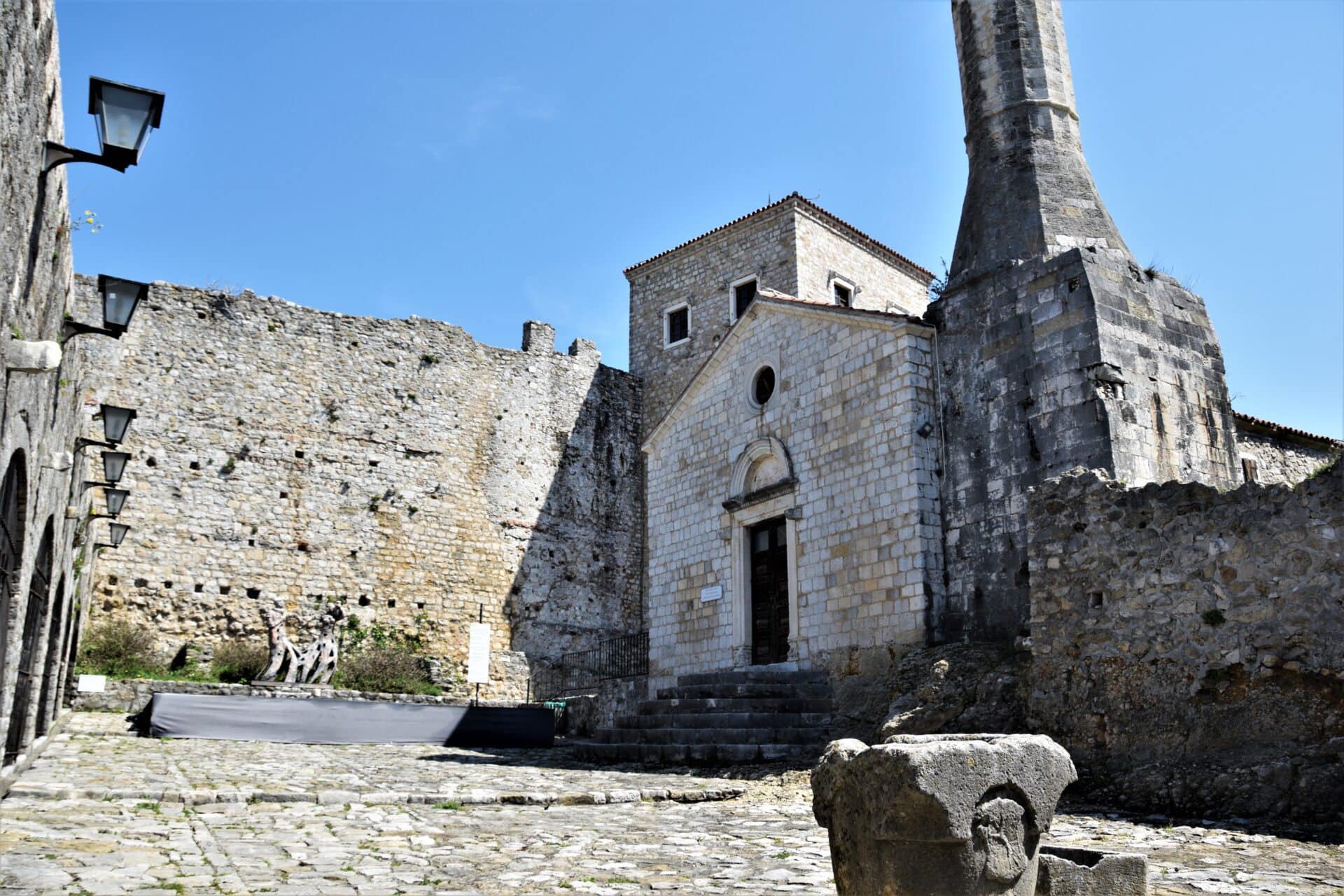

GO BIRDWATCHING
Stretching across the vast hinterlands of the city lies the now abandoned Salina of Ulcinj.
Once the biggest saline in Yugoslavia, her fallow salt pans have transformed into one of the most important avian breeding, resting, and wintering sites in the eastern Adriatic.
More than 250 birds, including 20 endangered species, have found shelter between the reserve’s swaying reeds, creating a truly unique biosphere and an absolute bird watcher’s paradise.
FIND OUT MORE | Birdwatching in the Salina of Ulcinj
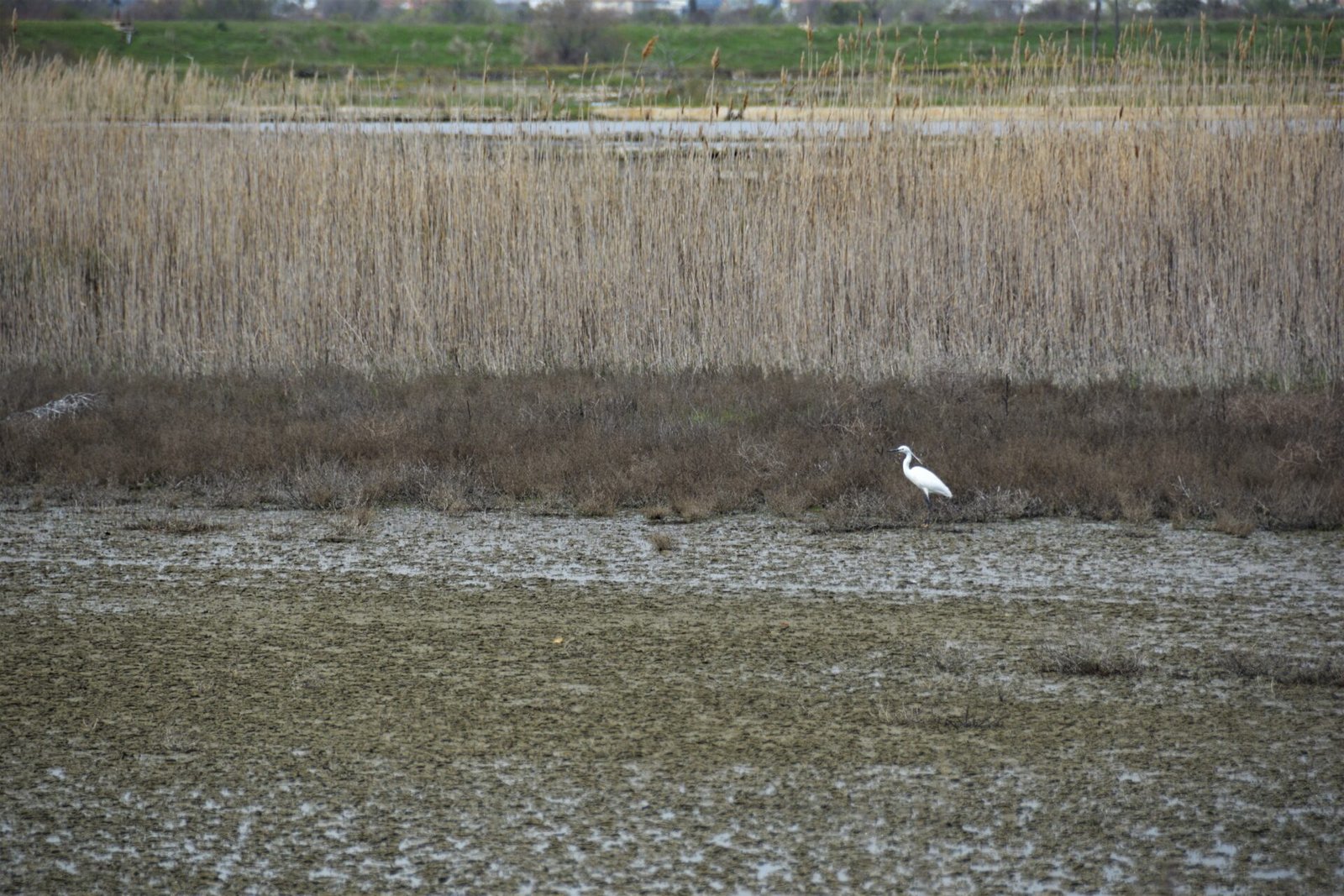
DO SOME URBAN EXPLORING IN THE SALINA
In an effort to preserve the extraordinary biodiversity present in the Salina, production was halted and the enterprise finally closed its doors in 2013, marking an end to an industry that had once employed hundreds of people and provided nearly 60% of Yugoslavia’s entire salt consumption.
With the departure came decay, and the complex slowly fell into disrepair, wasting away the days for more than a decade.
What remains is a wonderful urbex playground of abandoned warehouses, collapsing factory halls, and dilapidated administrative buildings reminiscing of the Salina’s golden years.
FIND OUT MORE | Urban exploring in the Salina of Ulcinj – A photo series
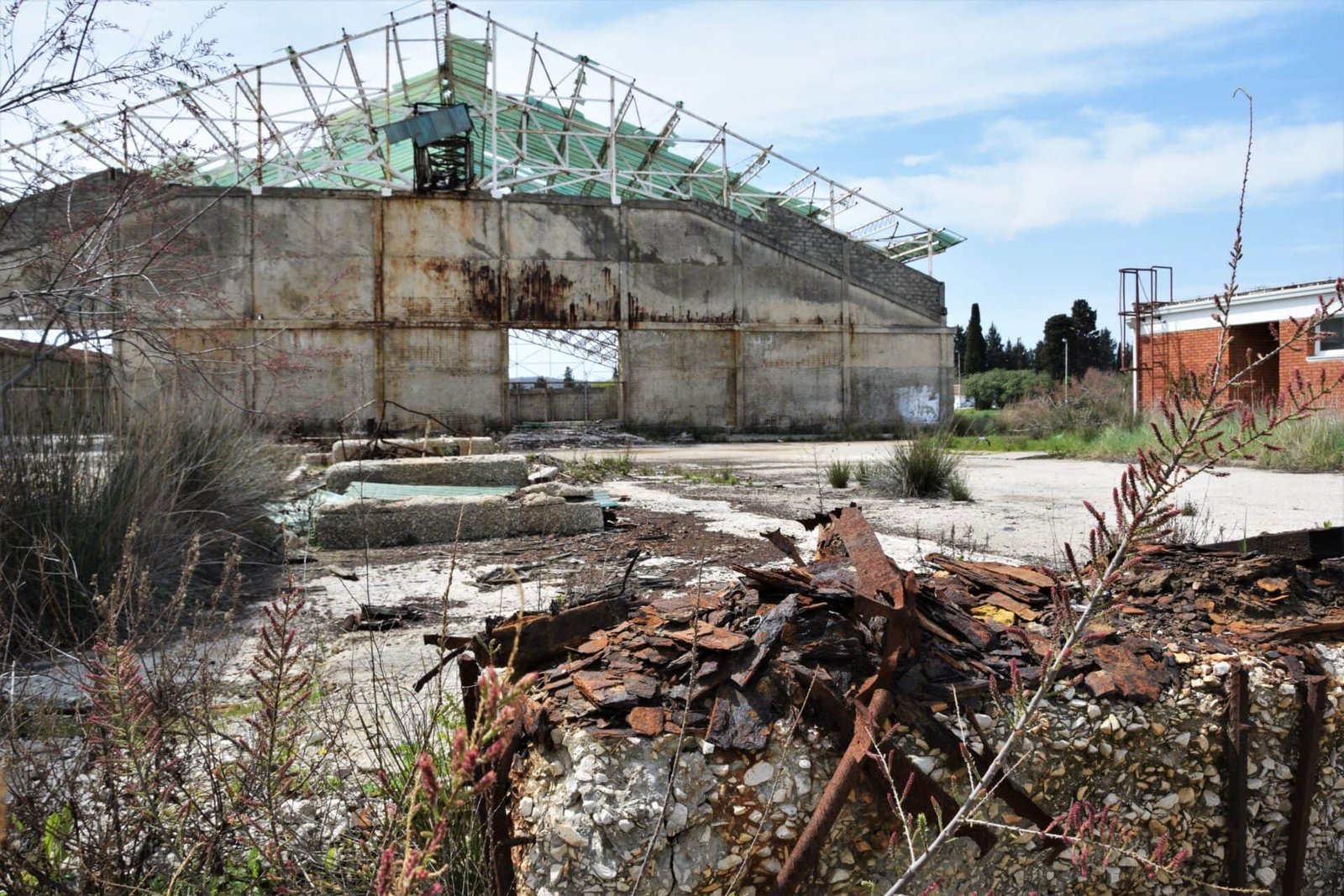
ENJOY THE ADRIATIC COAST
Connecting Ulcinj’s natural harbour with the infamous Long Beach (Velika plaža), the longest sand beach in the eastern Adriatic (18 km) and a chaotic conglomeration of cheap beach bars, rowdy clubs, and kitesurf schools, a simple footpath snakes along the jagged sea edge.
Though, only 2 ½ kilometres in length, it offers travellers a secluded escape both from the city and the alcohol-induced bedlam that will inevitabely occur once the party hungry masses arrive during the sweltering summer months.
Lounging in the shade of arching pines accompanied by the soothing sound of the sea, lets you truly experience the beauty of the Adriatic coast in a proper pace.

UNWIND IN THE SHADE OF A 2000-YEAR-OLD OLIVE GROVE
Grandeur does not have to be ostentatious. Sometimes it appears subtle, hiding in plain sight, easily dismissed.
The northbound hills, rising behind Ulcinj’s old town, hold one of the country’s most precious treasures: thousands of olive trees, like a silver carpet flowing down the slopes, proudly gracing the many terraces hewn into the mountainside.
It is not their abundance that rewards recognition, however, but their age. Already cultivated at a time when ancient minds pondered over astral secrets to humanity’s first daring ventures into the endless darkness of space, they witnessed as Earth altered. Some have stood guard for over two millennia.
And yet, their shade offers visitors the same tranquillity it would have done in ages past.
While the world turned around them, little has changed beneath their argent leaves.
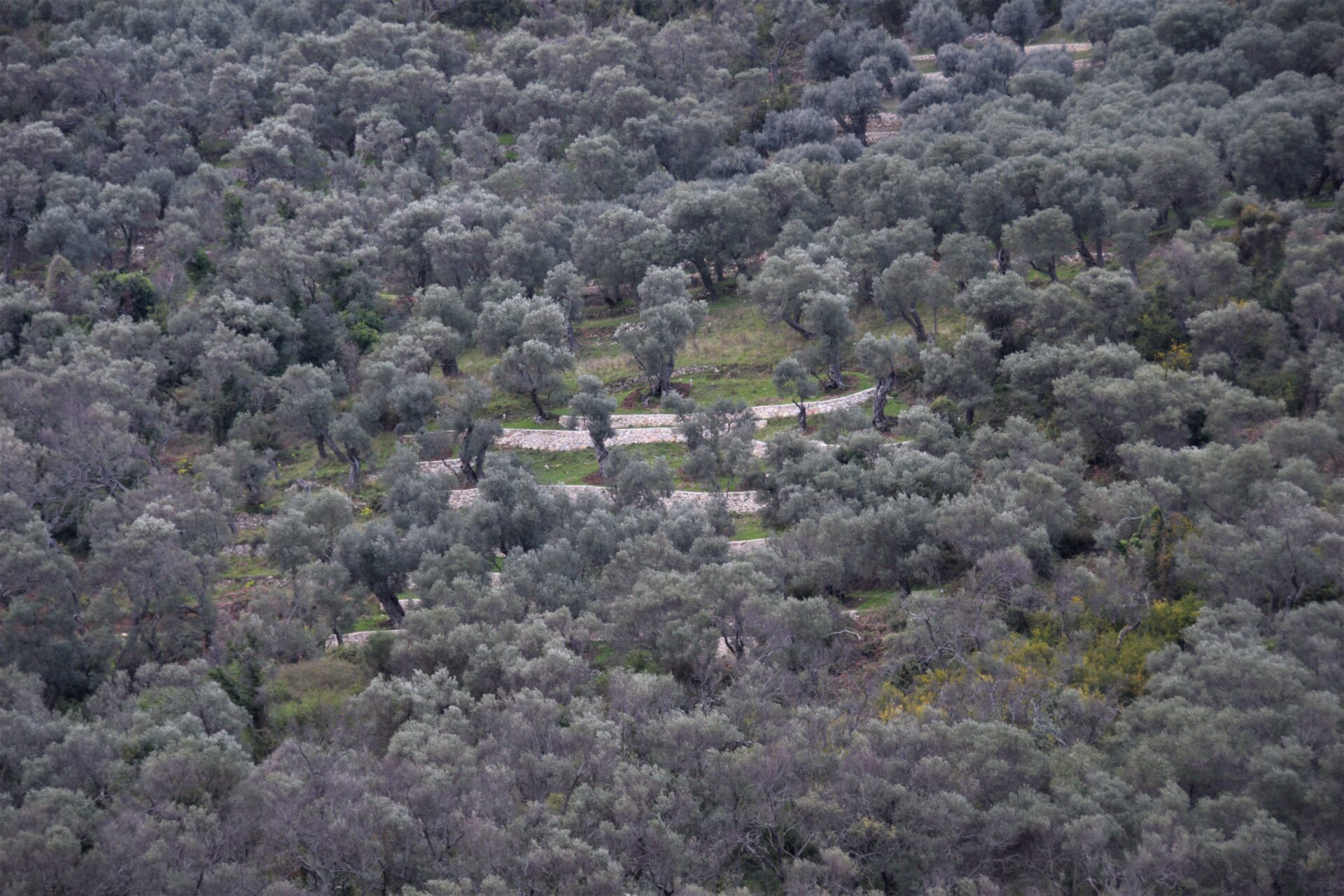
RELAX AT VALDANOS BEACH
Beyond the argent canopy of the olive groves, Valdanos Beach might be a welcomed alternative to the many miles of intoxicated revellers awaiting travellers at Long Beach.
Surrounded by forested mountains tumbling towards the glistening sea, Valdanos offers a more authentic, a more laid-back experience. It is a place to unwind, to slow down, to revel.
A place where small fishing vessels gently rock on the turquoise waters, telling the fisherman’s tale. A place where, before darkness shrouds the land, the golden light of a setting sun dances across the waves to mingle with the silver glow of olive trees.
Hint | There is a footpath leading to a small lighthouse on the left-hand side of the beach, however, the gate was closed when I got there shortly before sunset. Not sure if it is open at any point or entirely closed to the public, though.
